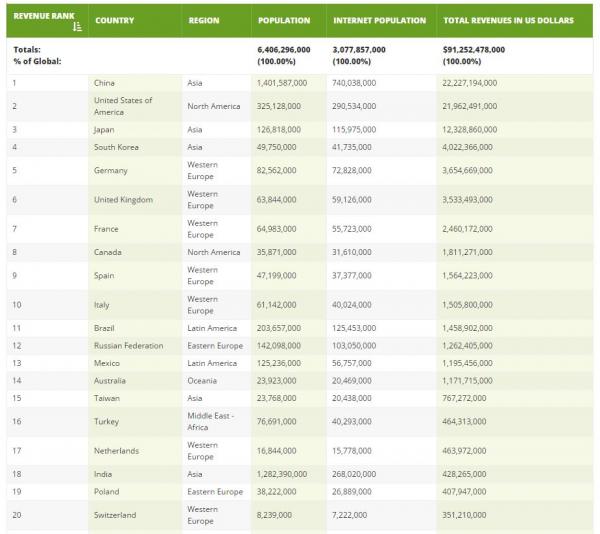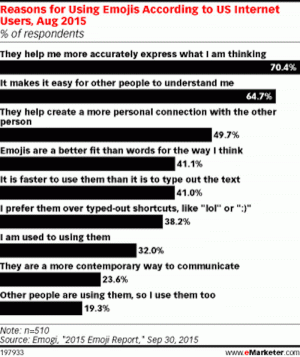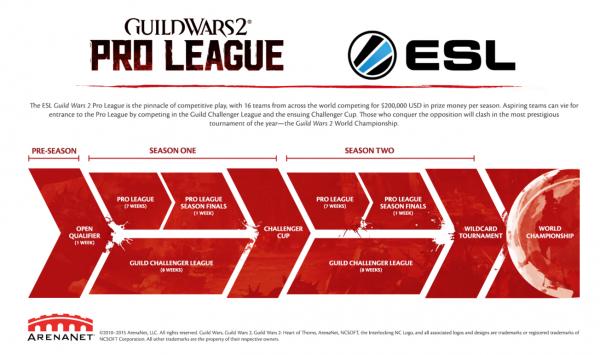Call of Duty: Black Ops III has been building quite a bit of steam leading into its release on the market next month, between both reveals and features to the casual audience, as well as a devoted base for eSports enthusiasts. Soon, fans of the game will be able to eat along with the action.
Carl’s Jr. and Hardee’s announced a partnership today with video game publisher Activision to create a special Ultimate Care Package for customers. This includes a combo meal consisting of a special burger, fries, a drink, and a peel-and-win game featuring a variety of prizes.
This is the biggest promotional tie-in that the fast food chain has had, and it also marks Activision’s first Call of Duty tie-in with a quick-service restaurant (QSR for short). The promotion will also include a Veterans Day fundraising campaign for Activision’s Call of Duty Endowment program, in addition to a national ad campaign featuring the return of model Charlotte McKinney.
Call of Duty is the most beloved video game franchise in the world and one of the biggest entertainment brands of all-time, so partnering with Activision for the launch of the new Call of Duty: Black Ops III presents a great opportunity to bring our brands together, says Brad Haley, chief marketing officer for Carl s Jr. and Hardee s restaurants. Our target customers love burgers, like our new Tex Mex Bacon Thickburger, and Call of Duty, so the two have now come together in an Ultimate Care Package combo meal, complete with customized Call of Duty packaging that includes a peel-and-win game piece for a chance to win epic Black Ops III prizes.
The giveaway will consist of a number of prizes, including a three-day trip to Los Angeles and a tour of the Treyarch development studio, as well as Astro gaming headsets, a “Take Out” personalization pack for immediate use in the game, and other Call of Duty oriented gear.
Rob Kostich, Senior Vice President and General Manager of Call of Duty, added, We re thrilled to partner with Carl s Jr. and Hardee s on this far-reaching program that truly benefits the entire Call of Duty community. This unique collaboration and campaign gives fans across the country a chance to win some great prizes in-game and in-restaurant, and, importantly, creates a special activation for our military veterans. We are very thankful to Carl s Jr. and Hardee s for their support of the Call of Duty Endowment, whose sole purpose is to drive our shared passion to put as many of our returning veterans into high quality jobs as possible.
Less fattening Call of Duty: Black Ops III promotions include a revamped World League that will launch a new tournament in 2016, a special edition that comes with desktop Juggernog mini-fridge,and an exclusive PlayStation 4 bundle that features a specially designed console and controller.



